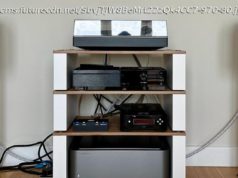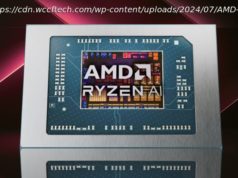“Tizen is a homegrown platform that continues to evolve” – Jeongsik Cheon, Visual Display Business, Samsung Electronics Viewers around the world
“Tizen is a homegrown platform that continues to evolve”
– Jeongsik Cheon, Visual Display Business, Samsung Electronics
Viewers around the world have come to expect more from their TVs. Today, people don’t just flip through channels but also use TVs to access streaming services, workout routines and social media. They even connect their home appliances to their TVs, expanding what used to be a viewing device into the centerpiece of a smart home ecosystem.
These new experiences require open collaboration with service providers and greater compatibility with a plethora of devices. So 10 years ago, Samsung’s Visual Display Business made the bold decision to forgo its tried-and-true closed operating system (OS) and create an open one. That open OS is Tizen.
Hundreds of millions of TVs now feature Tizen, which is poised to bring more artificial intelligence (AI) features into the fold.
Five developers from Samsung Electronics’ Visual Display Business recently shared behind-the-scenes stories with Samsung Newsroom about how they revolutionized the TV experience. Kwangsub Byun, Jeongsik Cheon and Youngsoo Kang helped the transition to Tizen a decade ago. Sunyong Jung and Seoyoung Hwang currently fine-tune Tizen for Samsung’s TVs.
New Wine, New Wineskin
First deployed in 2011, Orsay was the stable, proven OS that Samsung used for its TVs. As a closed platform, Orsay followed the traditional TV model — focusing on effectively handling signals from each physical input with additional services largely depending on features planned, designed and programmed prior to shipment.
A closed operating system is completely owned and controlled by its primary developer testing, maintenance and quality management easier. But this very exclusivity makes it hard for external players to make contributions.
In contrast, the source code in an open operating system is available to the public and can be more freely modified and distributed. This makes it easier to attract third-party developers as well as create and share development tools.
Tizen is an open platform, running on open-source software. This openness was the main reason Samsung decided to make the switch, explained Byun.
“The concept behind Tizen was to bring in various outside developers and expand the ecosystem,” he said. Rather than imagine and create each and every new TV experience, Samsung would commit to its philosophy of open collaboration.
Another difference between the two operating systems is the mode of processing, Kang explained. Tizen is capable of carrying out multiple operations simultaneously, whereas Orsay only handled one task at a time.
Kang used a transportation analogy to explain the difference. Orsay is like a bus that many people share, even though each passenger has a different destination.
“Each person boards the bus with their luggage,” he said. “When one rider encounters a challenge, everyone on the bus is affected.”
Tizen, on the other hand, is more like a road that people travel on in their own vehicles.
“Everyone has their own ride,” Kang continued. “If one driver has a problem, it doesn’t affect the other drivers on the road.






